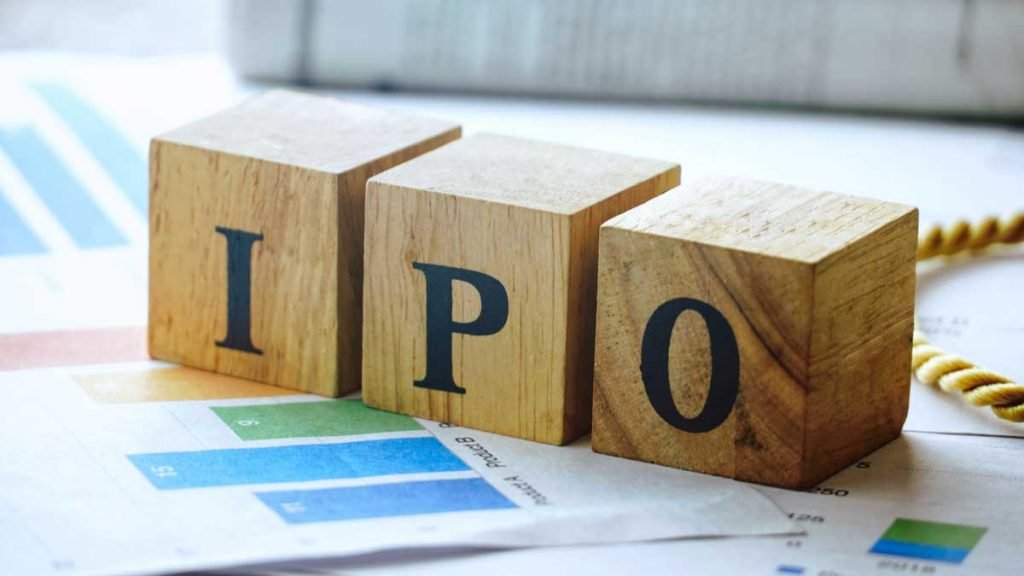As an investor in the stock market, you want to broaden your investments into more than just a simple stock or two. It’s an excellent idea to have a diverse portfolio of various stocks in different industries, exchange-traded funds (ETFs), and, of course, initial public offerings (IPOs). Most serious investors have a complete grasp of basic stocks and ETFs.
However, not everyone may know the ins and outs of IPOs. If you’re not familiar with new IPO stocks, you could be missing out on a unique investment opportunity that could suit your financial goals. That’s where we come in to help. Today, we’ll examine everything you need to know about IPO stocks so you can broaden your investment portfolio.
What is an IPO?
An IPO is an exciting time for any company on Wall Street. IPOs mark the first time a privately held company becomes publicly traded. Once a company goes public, it begins selling shares in its organization to outside investors, such as yourself, on an established stock exchange, including the New York Stock Exchange or the Nasdaq.
Serious investors then have the opportunity to purchase those shares, making them part-owners of the company. After the pricing details and IPO date are finalized, the shares of this now public business are available for investors to purchase.
How do you purchase IPO stocks?
Purchasing shares during a company’s IPO is reasonably straightforward. However, there is one tricky aspect of buying IPO stocks to keep in mind. There is a difference between an IPO offering price and the price you’ll pay for the said stock. The offering price is announced before the IPO is a fixed price.
This price is reserved for a limited number of investors, such as its employees and investors who meet specific eligibility requirements for that company, such as how often they trade or their minimum asset balance. These limited orders are filled before the actual IPO day. The IPO stock price is usually lower than analysts believe the stock price could potentially sell for on the open market to attract more investors.
However, for most people, an IPO is their opportunity to start buying a company’s stock the day it enters the market more than the chance to buy the stock at the set IPO price. So, the price you’ll likely pay for the IPO stock will reflect the demand for that stock on launch day and could vary drastically from the offering price for those limited investors we mentioned.
So, once the company’s public shares go live, you’re free to purchase stock in the company as you usually would. Keep in mind that the price volatility will be pretty high on opening day. IPOs often spike higher and fall quickly during the first days of being on the public market.
Are there risks to investing in an IPO?
It can be an exciting experience to get in early on the IPO of a new company, so long as it proves to be a long-term success. On the other hand, it’s just as disappointing to get in early on a new stock to have it flop in the same year.
The point is that no investment is guaranteed, and IPOs are not an exception to the rule. For example, Groupon’s stocks have yet to reach the same price as the IPO price when they first entered the stock exchange. Therefore, like any stock, there’s always a risk.
IPO stocks can be an exciting investment opportunity.
Despite the risk and the volatility of an IPO, they can be an incredible investment. Just remember to research the company and its industry. How do they compare to competitors? How is the company’s leadership performance? In addition, though it can be tempting when you think a company will be a wild success, try not to buy bulk shares in a company on IPO day. Buying many shares while the stock is that volatile can set you up for a roller coaster of an investment.

